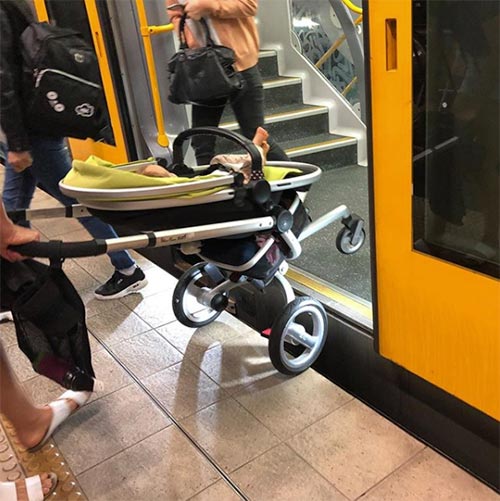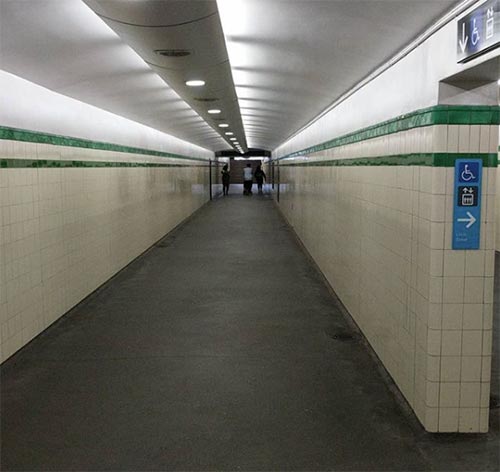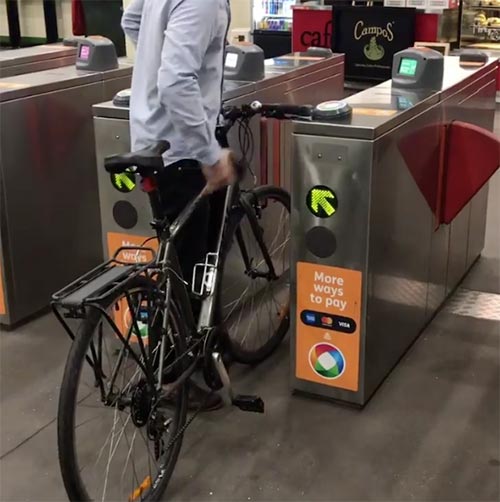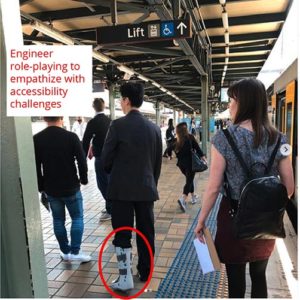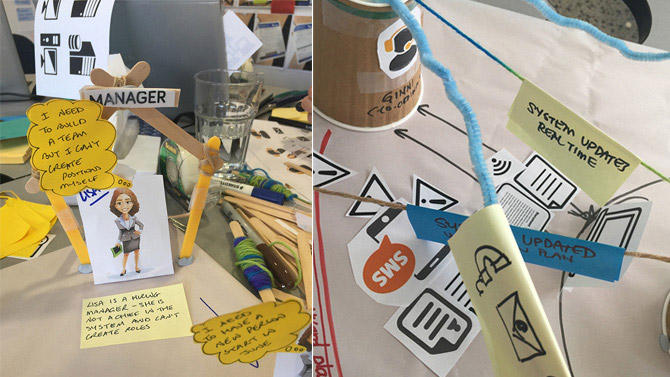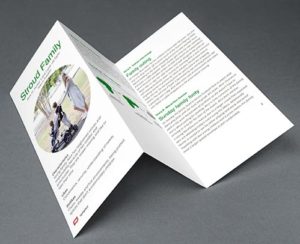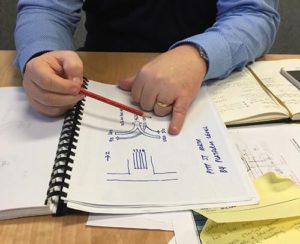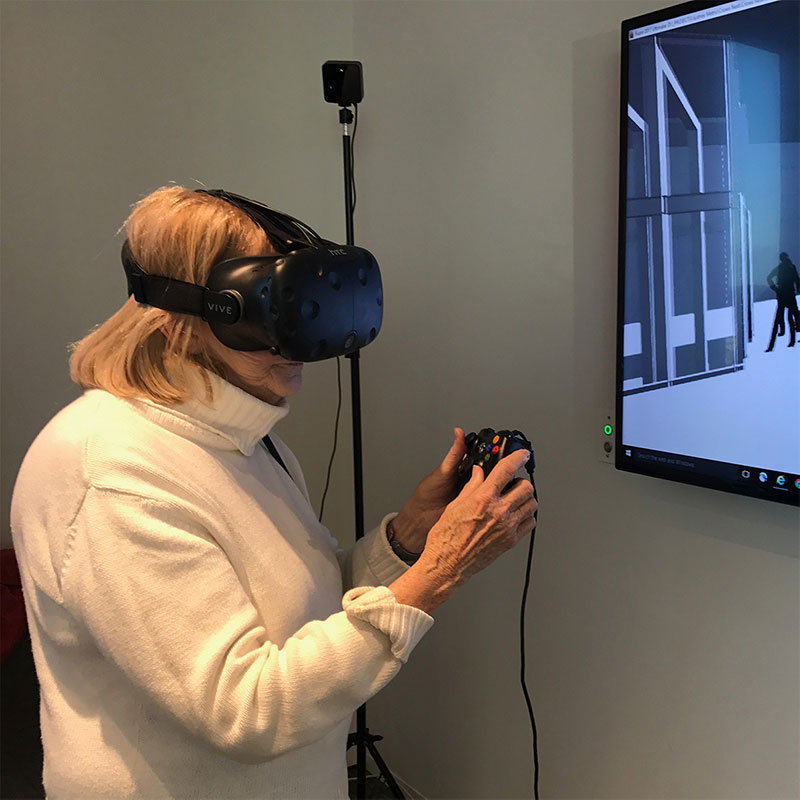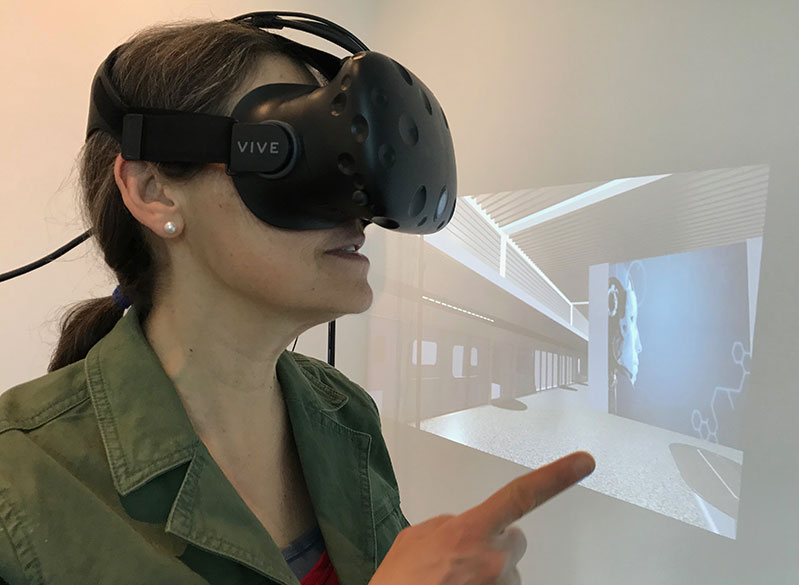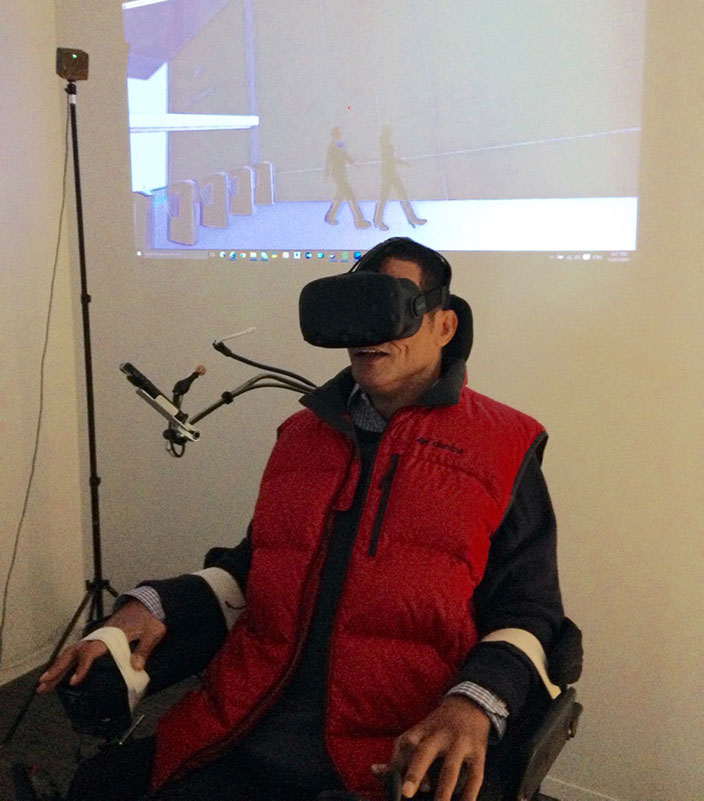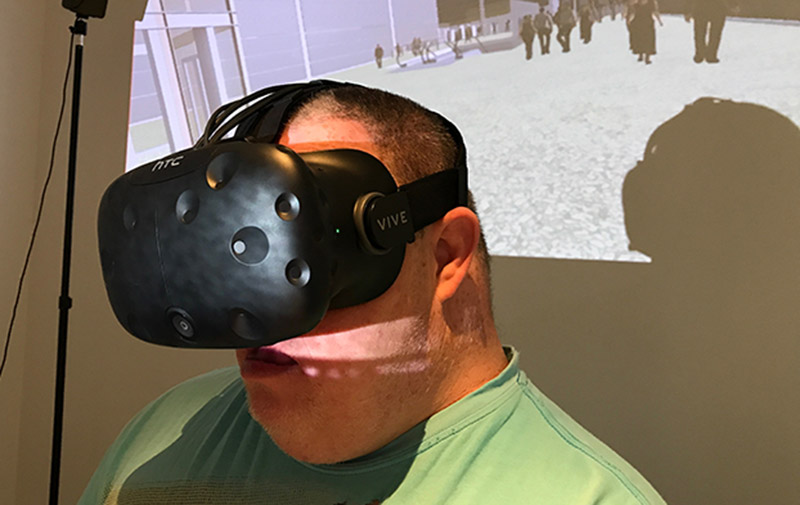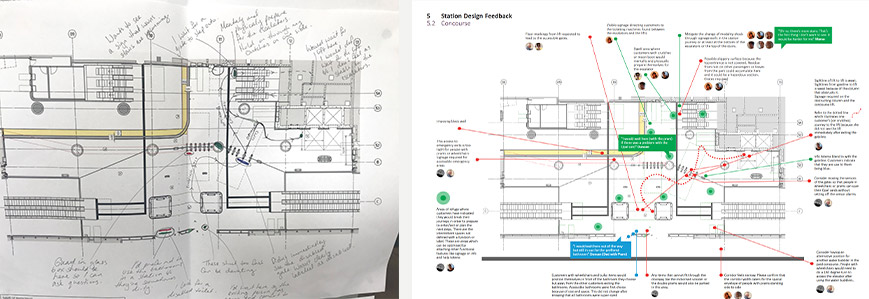Sydney Metro UX Research utilising Virtual Reality
Developing a UX methodology for the built environment using VR
Project Overview
- Client: Sydney Metro
The future customer experience was to be integrated throughout the design and development of Sydney’s new metro stations. We developed a UX process that integrated Virtual Reality user testing to ensure user perspectives informed design outcomes.
My Role
- Associate Director oversight role to develop methods and approaches.
- Continuing leadership role to advocate the new methodology to the industry.
Objective
The METRON Joint Venture team was commissioned to design six of the city’s stations. The ‘customer experience’ was an important factor in delivering a world class experience, so Symplicit was engaged to ensure a validated user experience would be represented. Utilising Design Thinking, a UX process and Virtual Reality (VR), we optimised designs around the user experience.
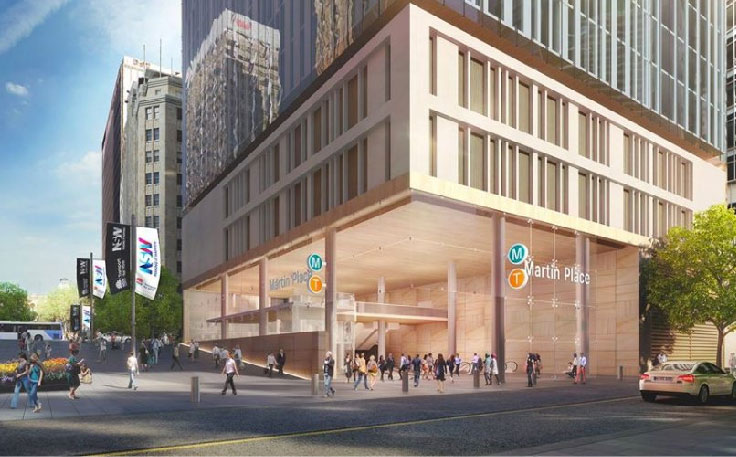
Discovery
Research
The discovery research aimed to develop an understanding of the current metro customer experience and environmental issues. These activities were conducted while architects and engineers were beginning to develop the schematics for the stations. The human-centred research helped project teams make informed design decisions as preliminary designs were developed. Research activities included:
1. Qualitative research and behavioural observations with customers developed an understanding of their needs, challenges and behaviours when using current metro stations.
2. Empathy ride alongs (Service Safaris) are role-playing research activities that help stakeholders and project teams build empathy with their customers, so that they can better understand the everyday commute from the point of view of their customer. The activities follow typical customer movements and journeys to uncover pain points.
Engineers were asked to role-play customers with different physical challenges as they navigated the station, so they could understand the need for universal design.
Outcomes
Personas were developed based on the behavioural research and known human factors of station devices. Architects and engineers participated in empathetic design exercises that used the personas to evaluate their designs. As a result, they were able to mitigate significant design flaws in early stages of design.
Preliminary Design Improvement Example
The repositioning of the station lifts is one example that illustrates how the persona empathetic exercises informed design improvements. Originally, the lifts were positioned so that people with mobility issues would have had to cross the main thoroughfare of commuter traffic after using the lifts, creating an unpleasant experience. After putting the engineers in the shoes of a mother with a pram, they realised how disruptive this could be for commuters. They repositioned the lifts to improve accessibility and pedestrian flow at the main station entrance.
User Testing
Research
The standard UX methodology of user testing was adapted by utilising Virtual Reality (VR) as a tool to evaluate the virtual experience of metro station prototypes. The architectural prototypes were tested in VR with a variety of customers ranging from senior citizens to students. With a universal design objective in mind, people with mental / mobility challenges were also recruited for testing.
Each station design was tested in a controlled environment using VR across 30 participants in two rounds. During these testing sessions, participants provided their feedback while undertaking three way-finding scenarios as they walked through a VR experience. To conclude each session, they completed surveys to quantify their experience and were asked to elaborate on their responses.
The first round of testing was conducted on a low-fidelity prototype to test conceptual environments. Perceptions of safety and navigability were of focus. The second round of testing was tested with a higher-fidelity model that contained architectural finishes and tested the participants’ affinity with the environment.
Spatial Experience Mapping was a task assigned to one of the researchers in the session. As the participant moved around the virtual environment the researcher would map their movements and note behaviours and commentary.
Mapping proved to be an effective way to evaluate wayfinding scenarios acted out in VR. In the following images a participant’s path illustrates their task in trying to find the lift. The snake-like path highlights their confusion as they started walking towards the escalators only to realise the lift was behind them. Their inability to identify the location of the lift was caused by a pylon that obstructed their line of view from the station entrance.
Analysis
Qualitative and quantitative research data was processed and analysed. Themes and insights were incorporated into design workshops to inform design decisions.
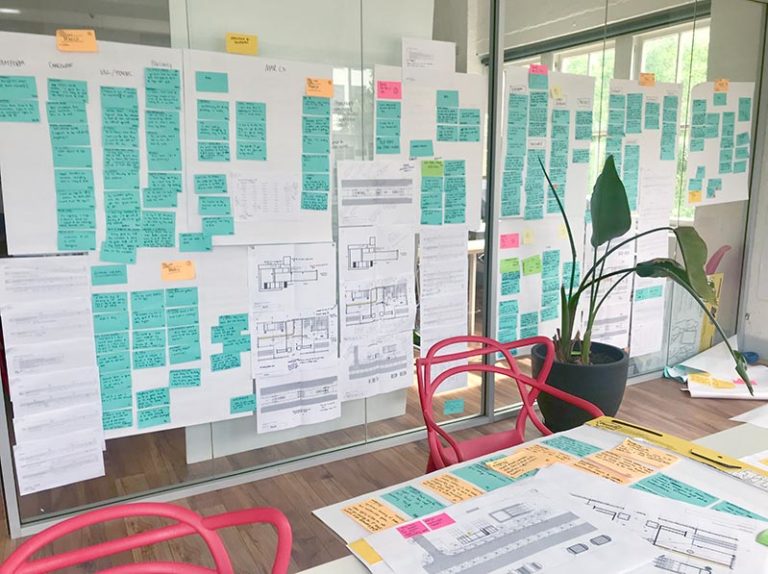
Experiential Metrics
Over the two rounds of testing, quantitative survey data was collected to help validate whether designs were moving in the right direction.
For example, participants were asked, “How easy / difficult was it to make your way through the station?” They marked their response on a scale based on difficulty and then they were asked to explain why they had given that score.
This metric aimed to identify how intuitive the spatial layout was for the customer experience.
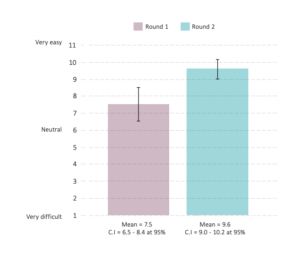
Outcomes
Behavioural and perceptional insights from the user testing helped inform an improved design process. Some of the key learnings about the new process were:
- Virtual Reality has helped make design improvements by ensuring the user perspective was tested with prototypes.
- Championing the customer experience helped unite architects and engineers around a common design goal.
- User testing in VR enabled a more inclusive and accessible testing approach, because mobility-challenged participants could experience the stations from the comfort of a central city office location.
Design Improvement Example
The main concourse design in the first round of testing was perceived to be unsafe, cavernous and confusing. Participants also were unsure how far they had to travel to arrive at their train platform.
The cavernous design was due to the need to hide services in the ceiling. The user testing insights inspired the architects to create a wayfinding feature around the services and develop a warm, welcoming lighting feature to address feelings of safety. Spaces were cut in the concourse floors to enable travellers to see down to all the train platforms below.
UX Methodology for Built Environments
The project has helped shape a UX methodology for built environments. The improvements we have observed in this project have made clear the potential for continuing to develop a UX approach that utilises VR to evaluate the experience of future environments under development.


